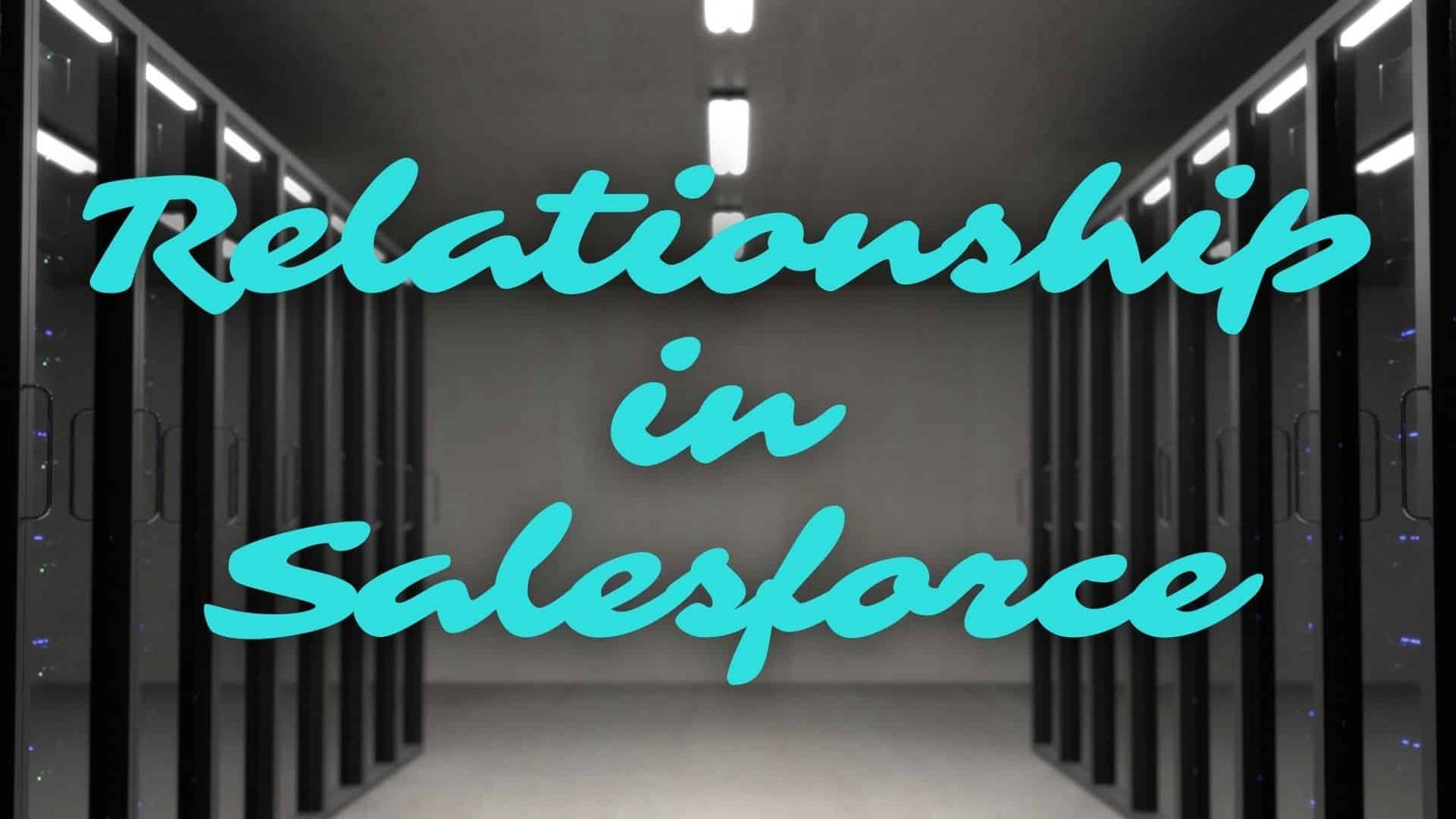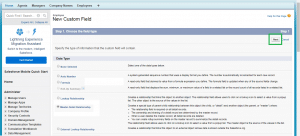Data is a major component of any market or business sector, especially if you want impressive results. It is quite obvious that storing data is the first step in any data analysis procedure. It is a tedious task to store and process Big Data through traditional methods. The best solution is to use a centralized database management structure that will hold it in tables. Moreover, storing every piece of information in a single table could lead to anomalies in the data. Hence data experts recommend using multiple table sets for the job. A similar trend follows in Salesforce, where you need to stockpile data. Today we will learn more about the Relationship in Salesforce between different objects.
Table of Contents
ToggleWhat is a Relationship in Salesforce?
A Relationship in Salesforce is nothing but a two-way connection or association between two or more objects. In other words, you are trying to establish a relation between different entities of a table. It will help you to recognize the importance of the fields as it generates the required results. Also, this link is necessary as users can deliver statistical data of various objects in the table conveniently. Some experts even call this system a Relational Database due to its functionality.
Keys in Relational Database
As mentioned earlier, we might have multiple tables to store data of a single company or business. It could be challenging to gather information after combining data from each individual location. Therefore, we use another concept of Keys that will help in connecting multiple tables. This type of connection is also termed as Many-to-one Relationship.
There are two major keys that you will come across,
- Primary Key– It is associated with the ‘one table’ in the many-to-one relation. Therefore, it is unique and can’t have duplicate copies.
- Foreign Key– On the other hand, the Foreign key is associated with the ‘many table’ in many-to-one relation.
Relationship Fields
Once you are ready with the many-to-one connection, it’s time to create a relationship between the objects. This is where the role of Relationship fields comes into play. The field is built on the side of ‘many tables’ and connected with the ‘one table.’
We primarily come across two types of relationship fields,
- Lookup Relationship
- Mater-Detail Relationship
Conclusion
We hope you now have the basic idea of Relationship in Salesforce and other components involved in the process. You will learn more about relationship fields in the upcoming blogs. Make sure to stay connected with us and share our blogs with your friends.
If you want to learn more about it, we have a special course about Salesforce Platform App Builder Certification. Do check it out as you will get EXTRA DISCOUNT!!






